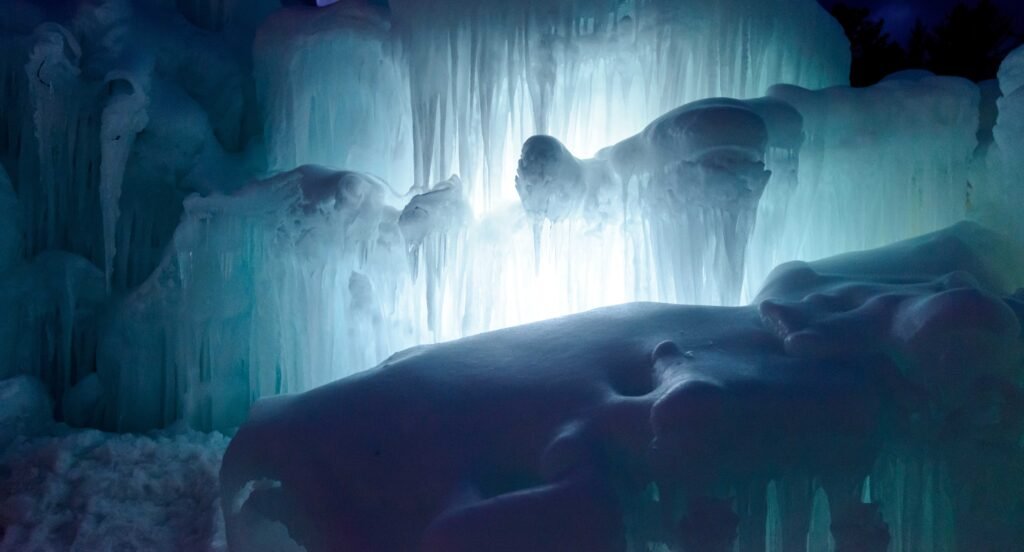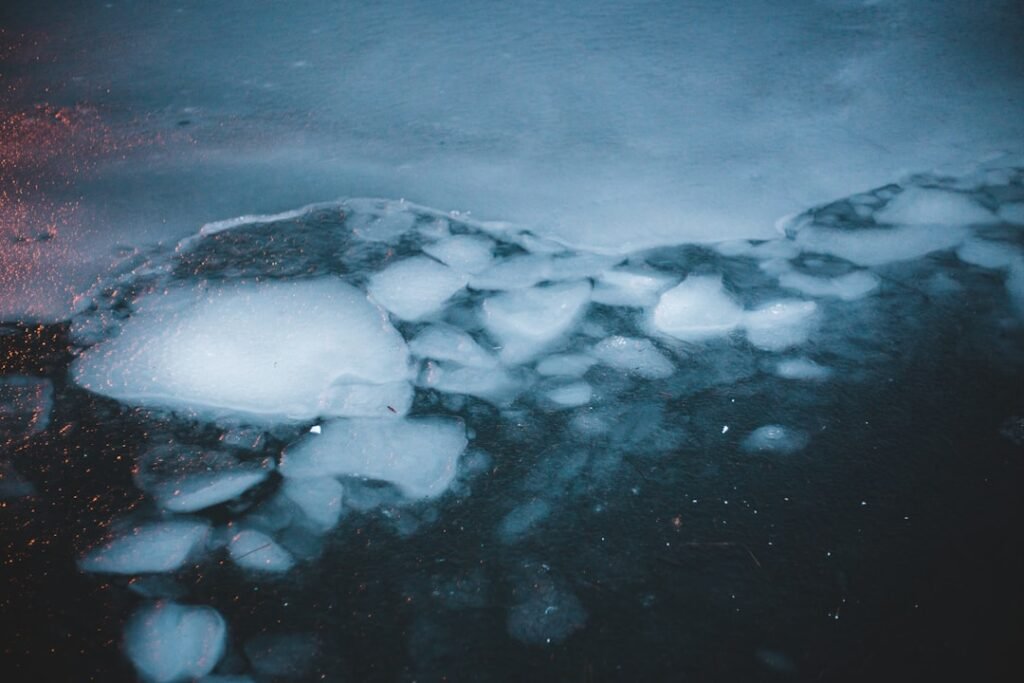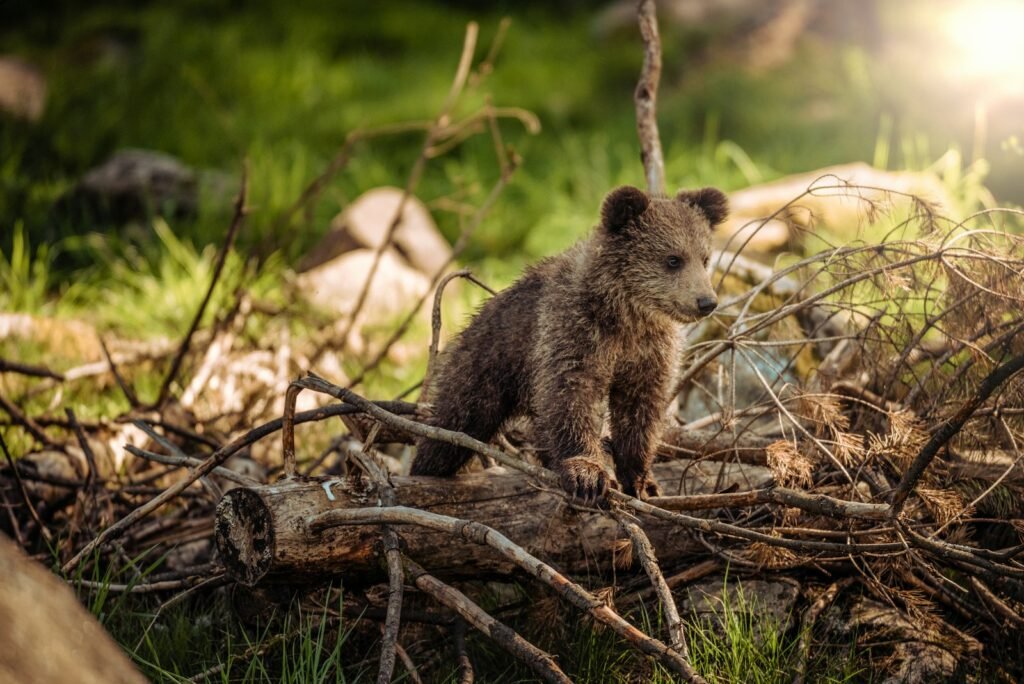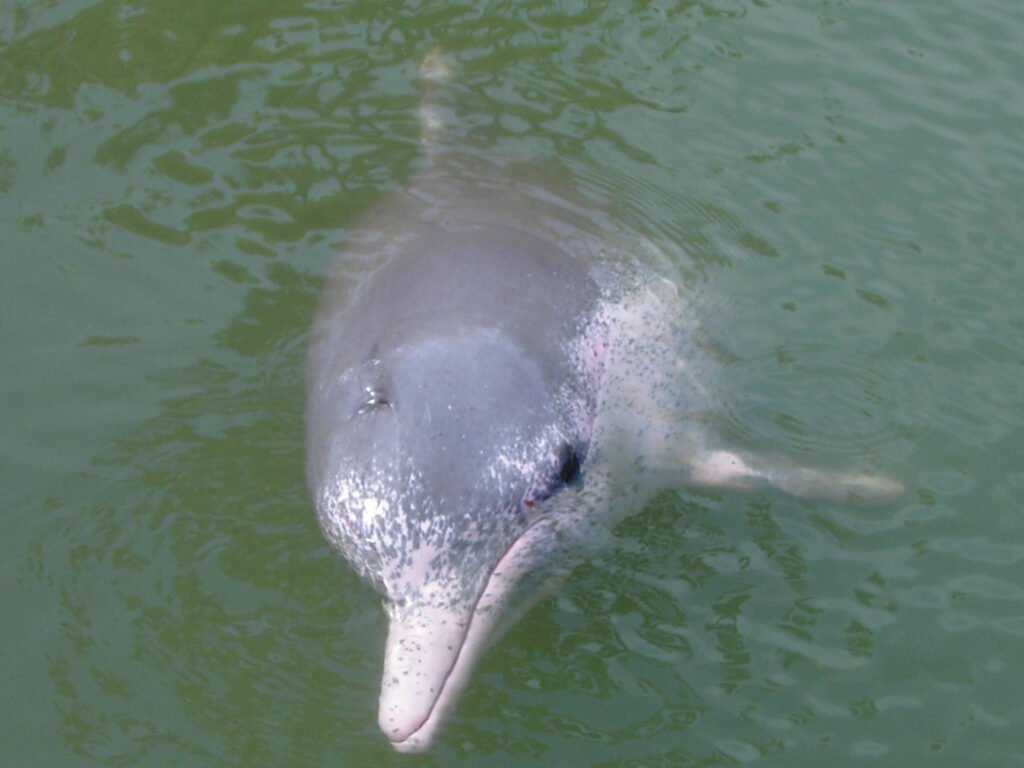The frozen wilderness of Alaska holds secrets that are only now being revealed through cutting-edge scientific research. Beneath layers of ancient ice, researchers have discovered phenomena that challenge our understanding of life in extreme environments. These findings represent a fascinating intersection of microbiology, climate science, and astrobiology that could reshape how we view Earth’s most hostile conditions.
What began as routine ice sampling has evolved into groundbreaking discoveries about the resilience of life in conditions once thought impossible. The implications extend far beyond Alaska’s borders, offering insights into climate change, ecosystem dynamics, and even the potential for life on other worlds.
Revolutionary Discovery of Active Life in Extreme Cold

Scientists working in Alaska’s remote regions have detected glowing patterns deep beneath frozen lake surfaces, while research reveals that Arctic algae can move in temperatures as low as -15°C, the lowest-temperature movement ever recorded in complex living cells. The finding challenges long-held assumptions that these diatoms lie dormant when locked in sea ice and suggests they may play a more dynamic role in polar ecosystems than previously understood.
These single-celled organisms, called diatoms, were observed gliding through ice like they are skating, using a combination of mucus and molecular motors to slip through ice channels with virtually no resistance. The discovery came during Arctic research expeditions in the Chukchi Sea, where researchers collected ice samples from multiple research stations.
The Science Behind Ice-Dwelling Organisms

The movement mechanism depends on a polymer similar to snail mucus that they secrete and adhere to surfaces, functioning like a rope with an anchor, powered by actin and myosin – the same molecular motors that drive human muscle contractions. Researchers noted that these diatoms remain surprisingly active until temperatures reach -15°C, which is considered super surprising in the scientific community.
Ice algae survive in environments with little to no light for several months of the year, demonstrating some of the most extreme low-light adaptations ever observed, able to perform photosynthesis in environments with less than 1% of surface light. These adaptations allow them to thrive in conditions that would be lethal to most other forms of life.
Glowing Patterns Beneath the Ice Surface

The mysterious lights detected aren’t the familiar methane bubbles that create dramatic visual displays in frozen lakes, but something far more mysterious, with teams documenting organized patterns of light emission occurring at depths previously thought to be completely lifeless. Early results suggest that the glowing patterns beneath Alaska’s ice may be far more widespread than initially believed, potentially existing in hundreds of lakes across the state.
Drone footage taken under Arctic ice reveals that while the Arctic appears white on top, underneath it’s “absolute pitch green because of the presence of algae.” This extensive algal presence suggests a thriving ecosystem that remains largely invisible from the surface.
Breaking Temperature Barriers for Cellular Movement

Stanford scientists have shocked the scientific community by finding Arctic diatoms actively gliding through ice at -15°C, with these single-celled algae capable of movement at the coldest temperatures ever recorded for living cells. When compared to temperate relatives observed gliding on glass, the Arctic species moved much faster, hinting that cold-adapted motility could offer an evolutionary advantage in polar ice.
This movement depends on actin and myosin molecular machinery that works at temperatures well below freezing, opening new questions about how cellular components adapt to extreme cold. The fact that these biological motors remain functional in such harsh conditions represents a remarkable evolutionary adaptation.
Hidden Ecosystems in Subglacial Lakes

As ecosystems isolated from Earth’s atmosphere, subglacial lakes are influenced by interactions between ice, water, sediments, and organisms, containing active biological communities of extremophilic microbes adapted to cold, low-nutrient conditions. Lake Whillans in Antarctica teems with nearly 4,000 species of microbes, forming a rich ecosystem underneath the ice sheet, representing the first organisms ever retrieved from a subglacial Antarctic lake.
These environments demonstrate that there is water and life under the ice, providing great places to study somewhat simplified ecosystems without higher levels of organisms, allowing researchers to answer questions about life that can be difficult to address elsewhere.
Bioluminescence in Arctic Waters

One hundred feet below the ocean surface represents a critical depth for ecological activity in the Arctic polar night, where atmospheric light diminishes and bioluminescence from marine organisms becomes the dominant light source. Research has provided the first published evidence of bioluminescence among zooplankton during the Arctic polar night.
Arctic marine organisms use bioluminescence to see in the dark during continuous winter darkness, with significant ecological activity thriving about 30 meters below the surface, where atmospheric sunlight diminishes and bioluminescence becomes the dominant light source. This natural lighting system enables complex food webs to function even during the darkest periods.
Implications for Climate Change Research

The discovery carries important implications for Arctic ecosystems, as these actively moving diatoms may transport nutrients through the polar food web, potentially nourishing everything from microorganisms to fish and indirectly to polar bears. Understanding these processes is crucial because they represent a significant portion of the food chain and control what’s happening under ice.
Climate change poses concerns as it will alter the light environment, potentially impacting the timing of ice algae and phytoplankton blooms that drive spring growing seasons, with the depth at which atmospheric light transitions to bioluminescent light being important for structuring zooplankton communities. The loss of sea ice could fundamentally alter these delicate ecosystems.
Connections to Astrobiology and Extraterrestrial Life

The discovery has captured the attention of astrobiologists studying potential life on other worlds, as environments similar to these extreme lakes exist on icy moons like Europa or Enceladus, potentially offering insights into conditions where microbial life might be found on other worlds. Subglacial lakes and their inhabitants are of particular interest in the field of astrobiology and the search for extraterrestrial life.
Scientists believe these organisms could provide blueprints for developing technologies that function in extreme cold environments, with their unique biochemical processes potentially inspiring new approaches to everything from cold-weather electronics to pharmaceutical preservation systems. These applications could prove invaluable for future space exploration missions.
Future Research and Technological Advances

Research teams are expanding their investigations across Alaska’s frozen landscapes using increasingly sophisticated equipment to map the extent of these phenomena, with collaboration between institutions continuing to grow as teams from multiple universities work together to unlock the secrets of these mysterious underwater lights. Researchers are exploring whether the mucus trails left by diatoms might even help form new ice crystals, similar to how pearls grow around sand grains.
Each new discovery raises more questions about the hidden complexity of Arctic ecosystems and their potential role in global environmental systems, representing just the beginning of what promises to be revolutionary understanding of life in extreme environments and opening new chapters in both environmental science and astrobiology.
Conclusion

The mapping of represents a paradigm shift in our understanding of life’s resilience in extreme environments. These discoveries challenge fundamental assumptions about the limits of biological activity and reveal thriving ecosystems in some of Earth’s most inhospitable conditions.
From diatoms gliding through ice at record-breaking cold temperatures to complex bioluminescent communities beneath the polar night, these findings illuminate the hidden complexity of Arctic life. As climate change threatens these delicate systems, understanding their mechanisms becomes increasingly urgent for predicting ecosystem responses and developing technologies for both terrestrial and extraterrestrial exploration. What other secrets remain locked beneath the ice, waiting to reshape our understanding of life itself?

Hi, I’m Andrew, and I come from India. Experienced content specialist with a passion for writing. My forte includes health and wellness, Travel, Animals, and Nature. A nature nomad, I am obsessed with mountains and love high-altitude trekking. I have been on several Himalayan treks in India including the Everest Base Camp in Nepal, a profound experience.




